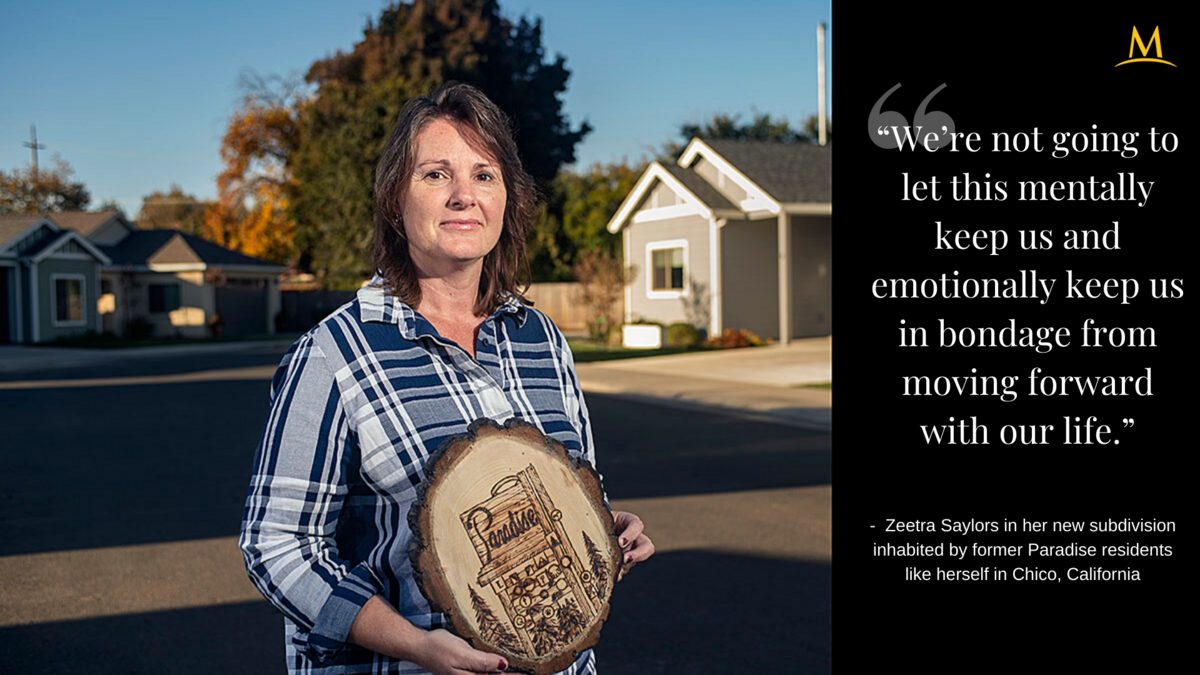Latino voters in California skew Democratic, driven in part by the politics of immigration. Should that trend repeat nationally, the demographic tide of Latino votes could move more states onto the Democratic ledger.
Monitor Daily Podcast
- Follow us:
- Apple Podcasts
- Spotify
- RSS Feed
- Download
 Peter Grier
Peter Grier
Welcome to your Daily. Today’s offerings explore the role of identity in California politics, an effort to bring transparency to a failing school district, the religious source of one woman’s acts of charity, an homage to the real-life heroine Harriet Tubman, and the network of volunteers who help animals find refuge amid disaster.
But first, in 1998 Rep. Ron Kind of Wisconsin voted to begin a House impeachment inquiry into President Bill Clinton. Last Thursday he did it again. Congressman Kind, a Democrat, voted to begin a House impeachment inquiry looking into the actions of President Donald Trump.
There are 56 lawmakers now in the House who were in office in 1998, but Representative Kind is the only one who voted to begin both historic impeachment proceedings.
The 1998 vote was, if not fully bipartisan, somewhat mixed. Thirty-one Democrats voted to begin the Clinton inquiry. Many were from conservative southern districts. Some considered the vote more procedural than partisan.
Today the atmosphere in Congress is much more fiercely partisan. Only two Democrats voted “no” in the President Trump impeachment inquiry vote on Thursday. Only one conservative – Rep. Justin Amash of Michigan – voted “yes.” And he’s an ex-Republican, having quit the party because he believes its continued defense of President Trump is wrong.
The 2019 vote carries symbolic weight in a way the 1998 one didn’t. Republicans won’t abandon the president, in part because they don’t want to face angry Trump voters themselves. Meanwhile, some Democrats have been talking about a Trump impeachment since 2016.
In 1998 Representative Kind voted against President Clinton’s impeachment. He says today impeachment should be a last resort. But he knows the House’s atmosphere now is fraught.
“Yeah, the political environment has changed a little bit, hasn’t it?” he told The Washington Post this week.










